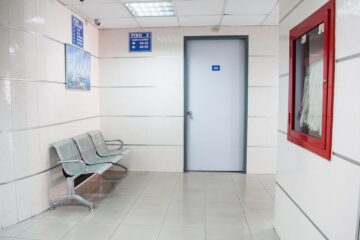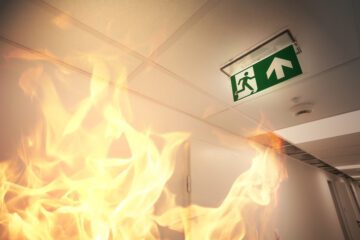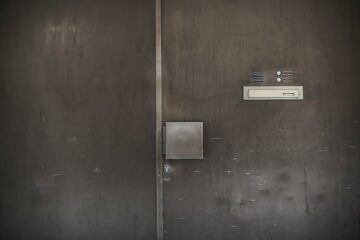
What are the pros and cons for the construction industry from creating cities with 3D technology?
Seen by many as a housing solution for lower income developments and for providing disaster-stricken communities with a rapid recovery response, 3D-printed architecture does hold a lot of promise.
3D printing also known as Additive manufacturing, is the process of creating solid objects out of digital models and has been around for more than three decades. Chatter about how the technology may transform not only the construction industry but the way we design and build cities has made the rounds too. With the use of 3D printing, customisable “dream” homes have the potential to no longer be an option just for the rich. Architects will be able to create amazingly complex geometrical constructs. In the developing and Third world, low-income housing would be built en masse. And when disaster strikes, speedily printed structures would provide temporary homes for refugees.
Behrokh Khoshnevis, of the University of Southern California, is a pioneer of 3D printing, and hopes the technology will address the global shortage of low-income housing. “I think it is a shame that at the dawn of the 21st century, about two billion people live in slums,” he says. “I think this technology is a good solution.”
He also adds that 3D printing will push governments, because of savings in money and time, to build affordable homes. A big difference between 3D printing and traditional construction methods is primarily efficiency. For example, if a London borough wanted to build a public housing complex they could hire a designer or developer with a 3D printer. Then the printer would be delivered to the work site along with all the architectural design and construction material on a simple flash drive. “They plug it in, hit a button and the buildings get built,” Khoshnevis says. “The nice thing about it is that we can build beautiful, dignified neighbourhoods – not cookie-cutter, box-like houses.”
But not all architects are yet convinced that the mode of 3D printing is good for architecture as a whole. Amanda Levete, principal at AL_A, warned in 2013 in the New Statesman in 2013, against the “creep of an unchecked evangelism around the advent of 3D printing … It may come without economic cost at a small scale but in architecture, if we are not careful, this is at the expense of integrity.”
On the flip side, Adam Kushner, president of D-Shape Enterprises, believes that 3D printing will free architecture. To emphasise his point, Kushner decided to partner with Italian engineer and inventor Enrico Dini to co-create a 2,400-sq-ft, 3D=printed project with a swimming pool in Gardiner, New York.
The massive D-Shape printer that Dini uses leverages a magnesium-based binder and sand to create stone-like structures; the potential to use it in the restoration of crumbling temples, or to build anything from park benches to bridges is limitless. Kushner’s design vision is more personal: the rounded form he created for his roof design imitates the tree line surrounding his office, and his walls mirror the local rock formations. So what’s the big deal? If it had been built the traditional way, the project would cost about $500,000. Kushner aims to spend half of that.
“What I’m going to make is a work of architecture,” Kushner says. “It’s going to speak to a greater series of questions and problems. I can’t answer those questions in any methodology other than 3D printing.” The convex-concave surfaces of the project’s design, for example, would normally require the prefabrication of forms, manual casting, and the manufacturing of complicated scaffolding– all of which are very expensive and slow.
“I think [3D printing] is as fundamental a shift as the elevator was in raising our cities,” Kushner says. “Let’s forget about the act of construction being this difficult, time-consuming, energy-consuming part of our lives. We can build these amazing, beautiful structures and then let’s do other things – let’s go out there and enjoy the world around us.”


















